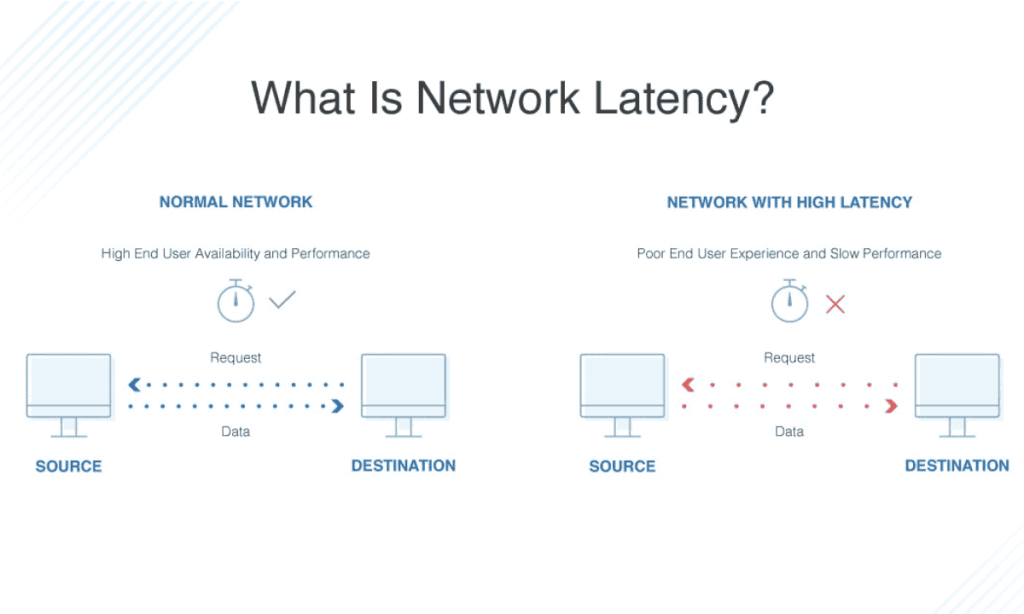
Introduction
In the fast-paced world of online gaming, network performance plays a critical role in shaping user experience. Low-latency networking is essential for ensuring real-time responsiveness, smooth gameplay, and competitive balance.
As gaming apps continue to evolve with high-definition graphics, real-time multiplayer modes, and cloud integration, maintaining minimal latency has become a top priority for developers and network engineers alike.
Understanding Latency in Gaming
Latency refers to the delay between a player’s action and the game’s response. Even milliseconds of lag can disrupt gameplay, causing frustration and unfair advantages in competitive scenarios.
In gaming apps, latency is influenced by several factors, including network infrastructure, server distance, data routing, and device performance. Reducing latency ensures that players experience seamless interactions and faster responses, creating a more immersive gaming environment.
Technologies Enabling Low-Latency Networking
Modern gaming apps leverage advanced networking technologies to minimize delay and optimize performance. Edge computing brings servers closer to players, reducing the distance data must travel. Content delivery networks (CDNs) cache game assets locally to improve load times.
Additionally, protocols like UDP and QUIC are preferred over traditional TCP for real-time gaming communication due to their faster transmission speeds. Combined with 5G networks, these innovations significantly reduce latency and enhance multiplayer experiences.
Optimizing Performance for Mobile and Cloud Gaming
With the rise of mobile and cloud gaming platforms, developers must ensure that low-latency performance extends across devices and networks.
Adaptive synchronization, predictive algorithms, and server load balancing help maintain smooth gameplay even under fluctuating network conditions.
Cloud gaming providers are also deploying distributed data centers worldwide to provide players with near-instant access and responsive control.
Conclusion
Low-latency networking is the foundation of exceptional gaming experiences. By integrating advanced technologies such as edge computing, CDNs, and 5G connectivity, developers can deliver fast, stable, and immersive gameplay.
As online gaming continues to expand globally, achieving and maintaining low latency will remain crucial for retaining players, improving engagement, and ensuring competitiveness in the dynamic gaming industry.
